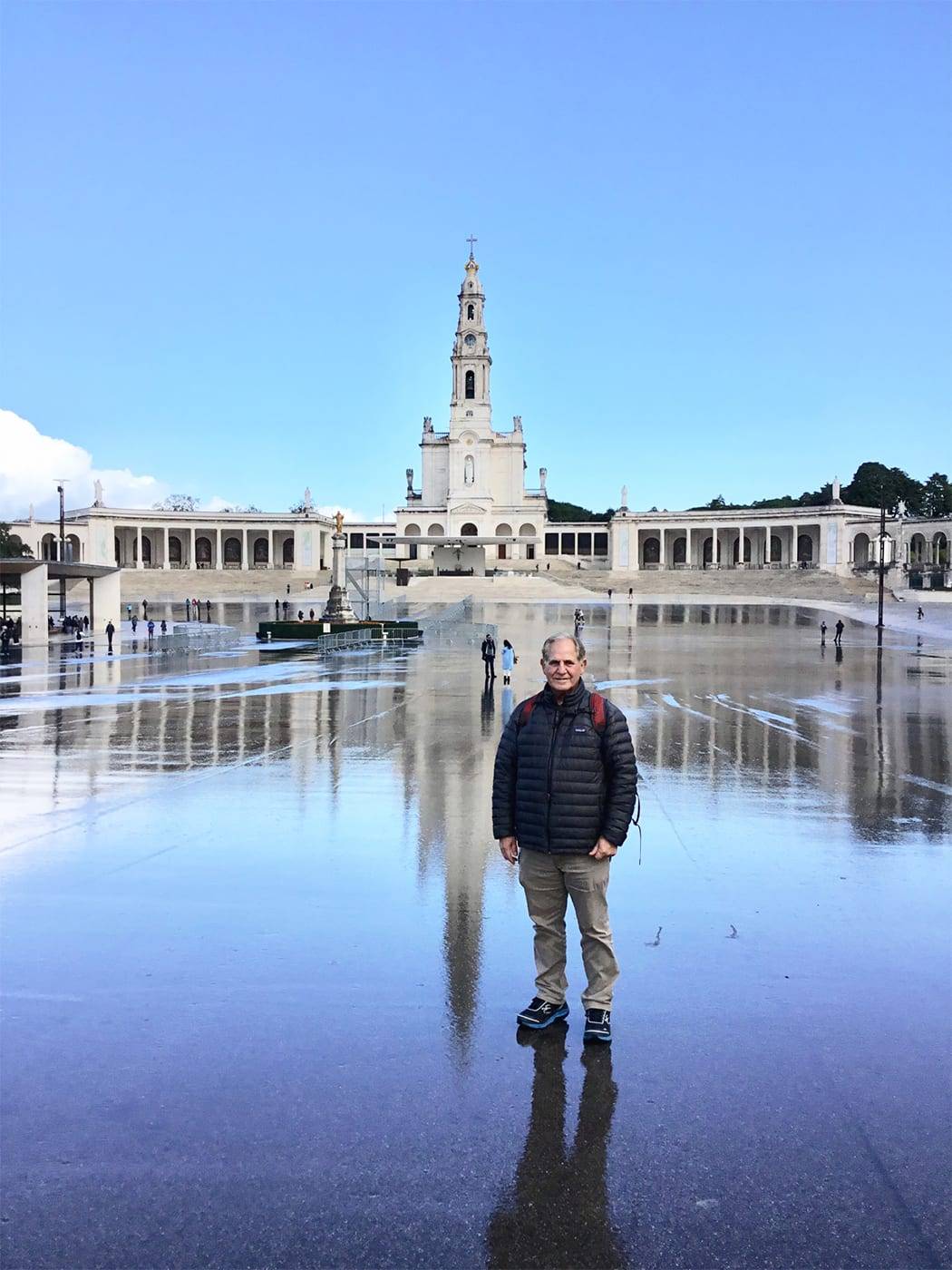This summer, for the first time in my career as an occasional gardener, I bought a rose bush. Roses intimidate me – their finicky susceptibilities and Japanese beetles. Their thorns.
But one May morning I was dashing into the farm stand for a pint of strawberries, and something extravagantly, massively beautiful in the air – invisible, indescribable – ensnared me. I bent down to blossoms scallop shell white, like tiny porcelain cups holding jasmine tea. I waited for my rational voice to rise up and stop me from buying the double rose, but it didn’t.
I brought the bush home and set it in my front lawn. I bought a trellis. Then, I waited. The blooms were extravagant. Everyone who came to my door stopped at the perfume, and went over to admire it.
After a week or so, I began to worry. I grew afraid that I wouldn’t be able to maintain it, that it wouldn’t thrive, that insects would arrive in the night, and blight soon after. The first generation of roses had faded, and with them my early enthusiasm. Would there be more – flowers, heady perfume — in time?
This was how I came to learn that roses are a lot like the life of prayer.
We begin often on a high. Suddenly the street we are walking down lifts its invisible shades, and what we had walked right by, day in and day out – the small miracles, the song within the silence that we are newly alive and alert to – turns our dry inner landscapes into something verdant and lush and amazing.
This May time of prayer can go on for quite a while, with roses blooming almost without our lifting a finger. The days rain down unexpected encounters, messages for our hearts and ears. But at some point, peak experience sputters. Life throws its usual dry spells and mini-droughts. We start to worry about whether we are doing it “right,” because we aren’t getting the results we once did. Most days when we reach out, it seems our fingers are only pricked by thorns.
St. Teresa of Avila, whose quincentenary of her birth we celebrate this year and whose feast day is today, knew all about roses and gardens and God. Illness, piety, and a ferocious faith were her compost; her fruitfulness, a wisdom that has borne generations along when the way becomes difficult, the path no longer clear, the MiracleGro used up.
Teresa is one of the Church’s pre-eminent sages on prayer, and the patron saint of Spain. There are few theologians as charming, personable, approachable, and profound. Born in March, 1515, she professed as a Carmelite nun in 1537.
Illness in the form of catalepsy kept her immobile and suffering for long periods of time. Around her, the Carmelite monastery had become a tepid and casual expression of its earlier ideals, diluted into a kind of country club for upper-class devout women. Visitors and frivolity reigned. On her sickbed, Teresa determined to reform the order. A wealthy woman friend purchased a property that enabled her to found her first “Discalced” convent, in 1561. Here, she would spent the next six years in obedience to her confessor, writing her personal experience of prayer, its stages, development, its “moods,” and effects. The writings are based on the period of her intense suffering and meditation during her illness, a period that involved voices, raptures, and visions.
That Teresa was a mystic there is no doubt. But her writings are far from esoteric. They convey her grounded and brilliantly incisive wit and wisdom.
“There are more tears shed over answered prayers than over unanswered prayers,” she once famously wrote.
As I work in my garden and reread Teresa, I think that she must have been what my mother would have termed “a pip”: vivacious, passionate, intense, funny. A purist in the matter of intentional devotion, it has been said that she didn’t hesitate to play the tambourine and dance with her sisters. A woman of her time, she occasionally grumbled about having to leave off her spinning wheel to pen the five books that would indelibly shape Western practices of contemplation and prayer.
It is in her autobiography “Life” that she compares the journey of prayer to watering a garden. Ever practical, she reminds us that there are four ways to do this. One can go to the well with a bucket and let it down, drawing up the heavy load and carrying it back to one’s plot. One can rely on a water wheel. A third method is to scoop water from a nearby brook. Finally, one can rely on heavy rain to quench the ground and bring up fruit, vegetables, and ripe grain.
Each of these “methods” she skillfully compares to progressive levels of prayer.
She shrewdly observes that it is beginners in prayer who have the hardest time of it, forced to labor at the well, “for it is they themselves that labor and the Lord that gives the increase.” Time and practice and a growing openness to the will of God enable what she describes as increased “fruition.”
“The beginner must think of himself as of one setting out to make a garden,” she instructs. “Yet in soil most unfruitful and full of weeds. His Majesty uproots the weeds and will set good plants in her stead. Let us suppose that this is already done – that a soul has resolved to practice prayer and has already begun to do so. We have now, by God’s help, like good gardeners, to make these plants grow…”
Teresa can be a cheerleader: “I repeat my advice, then … that one must never be depressed or afflicted because of aridities or unrest or distraction of the mind.”
She can also be pointedly direct, “This matter of self-knowledge must never be neglected.”
Commentators have described the “sweet disorder” of her writings. According to her translator, E. Allison Peers, “Her disconnected observations, her revealing parentheses, her transitions, ellipses and sudden suspensions of thought make her, in one sense, easier to read, even if, in another, they sometimes make her more difficult to interpret.”
I read her for the “sweet disorder” as well as the rapier acuity. At one point in her autobiography, after a particularly difficult theological tussle, she writes to the confessor, the Dominican Father Fray Garcia de Toledo, “Your Reverence must be satisfied with this until you find someone who has more experience and more knowledge of the matter than I.”
Teresa describes her years of relative solitude in writing her five books as “the most restful years of my life.” Her subsequent work led her throughout Spain, where she founded some 17 convents of reform Carmelites, and working with her friend, the great mystic St. John of the Cross, taught and practiced the great prayer of quiet that was her central concern.
This has been a hot summer. I have been watering and watering and watering, while perusing her “Life” and “The Way of Perfection.” She is as refreshing as a spring, a remarkably modern voice of wisdom.
“To reach something good,” she reminds me, “it is very useful to have gone astray, and thus acquire experience.”
Only next May’s blossoms will tell.
















